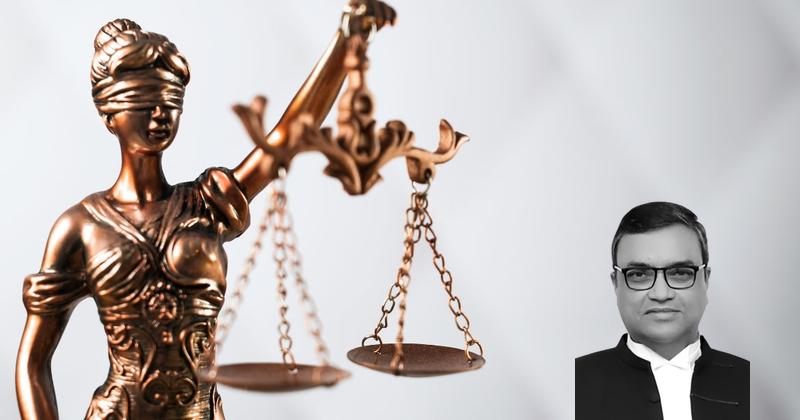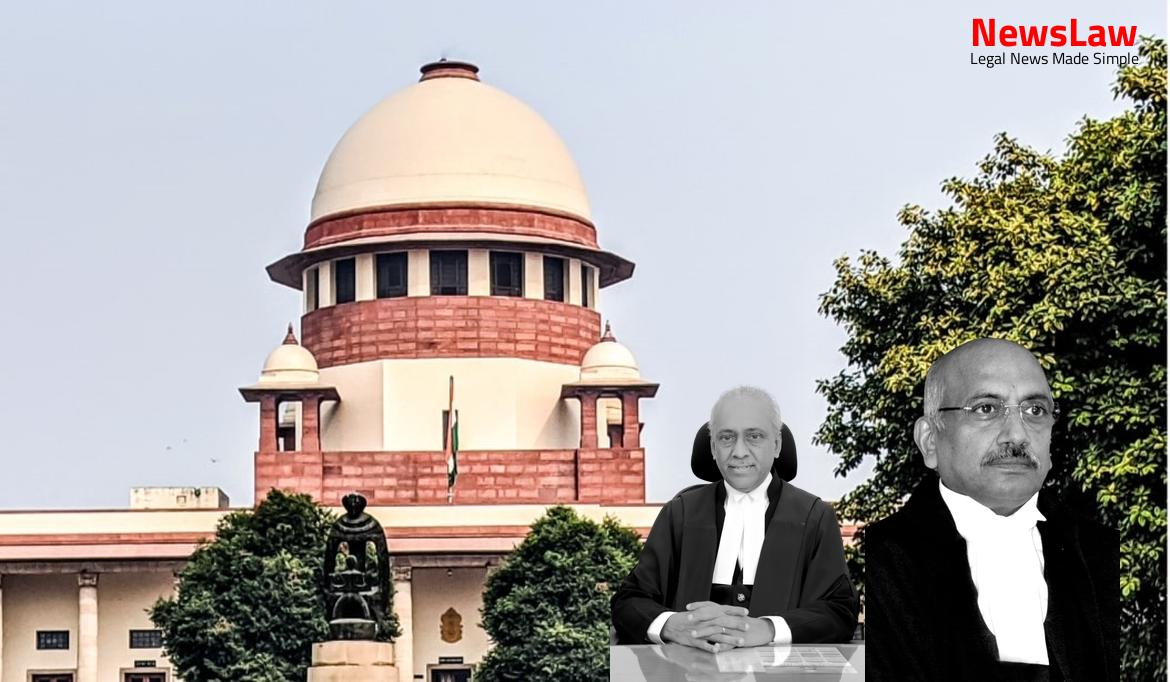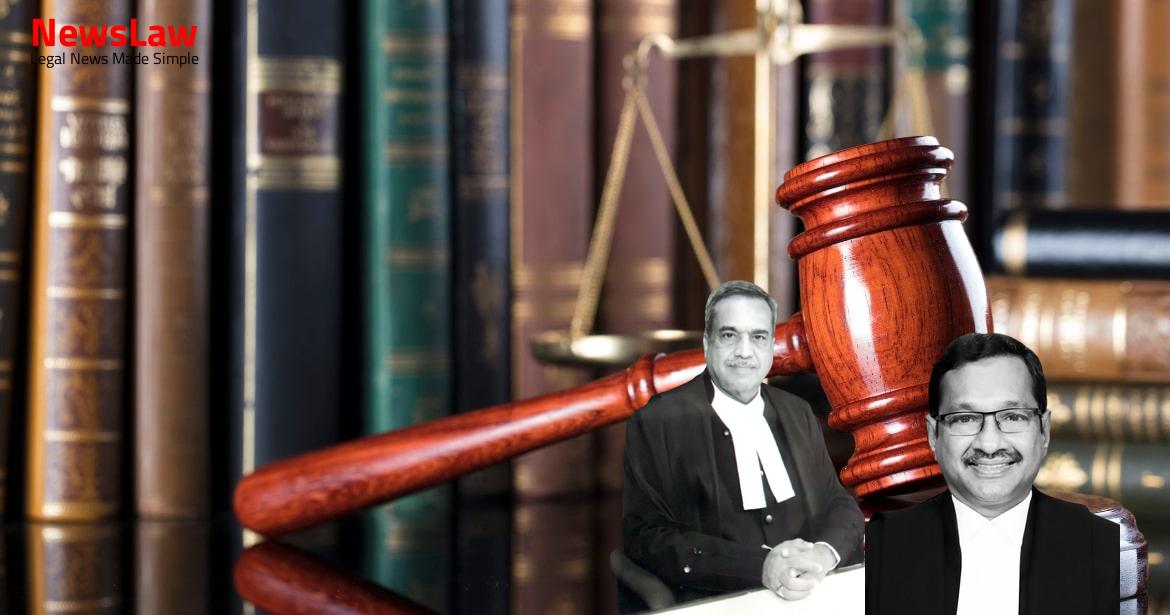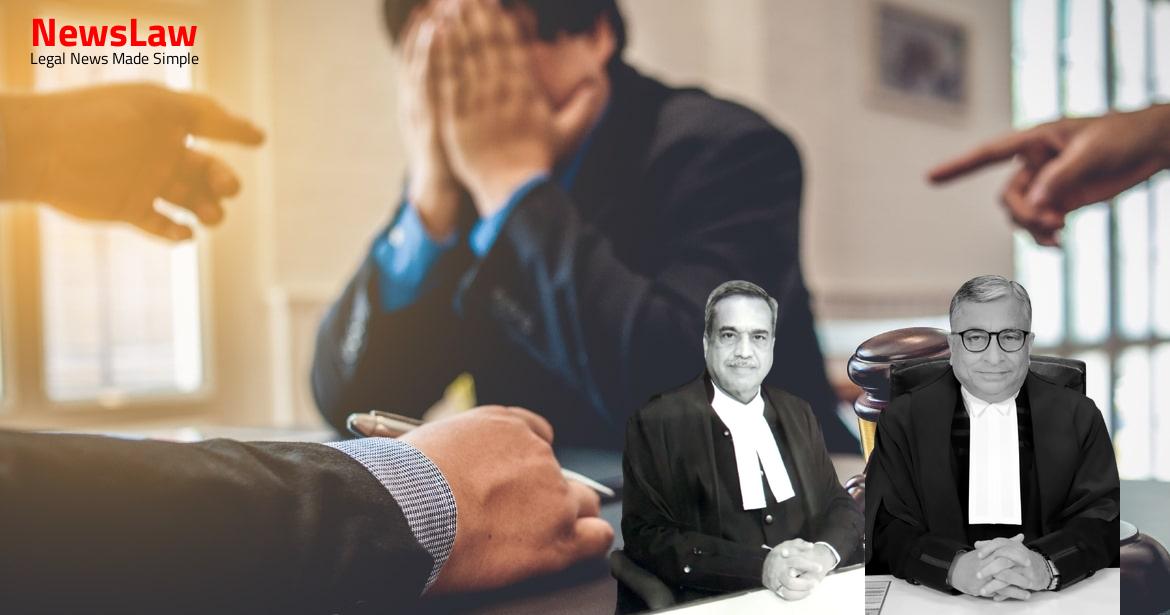The Chittorgarh Fort represents the quintessence of a tribute to nationalism, courage, medieval chivalry, and sacrifice exhibited between the seventh and the sixteenth centuries by several rulers, like the Mewar rulers of Sisodia, their kinsmen, women, and children. Despite the passage of centuries, from the time of construction, the 3 Chittorgarh Fort retains some significant, world-class structures, including the Vijay Stambh, Kirti Stambh, Padmini Palace, Kumbha Palace and Meera Mandir. The exploitation of minerals available in the surrounding area by the lessees to the State Government, particularly in an unscientific manner or 4 disproportionate exploitation of minerals in hard and rude mining activities, was seen as a threat to the existential utility of the Chittorgarh Fort and the structures referred to in paragraph no. (PIL) No 1316/1999 before the High Court of Rajasthan, questioning the blasting operations undertaken for limestone extraction resulting in possible damage to the existing structures of the Chittorgarh Fort.
Also Read: https://newslaw.in/supreme-court/partition-rights-and-coparcenary-property/
(PIL) No 6591/2011 before the High Court of Rajasthan against the Union of India through Archaeological Survey of India (ASI)/Respondent No 7 herein and others. No 6591/2011, the High Court had the advantage of the replies from the contesting respondents; the affidavits of government departments setting out their view on all the issues considered by the High Court in W.P. Accordingly, we make the interim order absolute and direct that no mining activities and blasting shall take place within 10 kms from the fort wall. The plan to repair damages and improve facilities be submitted to this Court within four months.” Hence, SLP (C) No 21211 of 2012 at the instance of Birla Corporation Limited Chanderiya, Chittorgarh/Respondent No 20 in W.P. It is suggested that in the first instance, the Central Building Research Institute, Roorke, may be asked to conduct a study of impact of mining on the said fort even without blasting operations and submit its interim report. Lokur, JJ].”
On 08.03.2013, as part of monitoring the effect of the mining activities in the neighbourhood of the Chittorgarh Fort, the consensus emerged from the submissions made by the parties appearing in this lis, this Court directed the study of a cumulative impact of peak particle velocity (PPV) on the structures in the Fort from the blasting operations undertaken by the lessees of the mining leases. This Court directed the Central 8 Building Research Institute, Roorkee (CBRI, Roorkee), to undertake a comprehensive study of the environmental impact on the subject monument from the mining and blasting activities by the lessees of the mining lease within a radius of ten kilometres.
Whether the activities within the colony situated in the Fort as well as the flow of traffic including heavy traffic in the vicinity of the Fort have any adverse consequences upon the structural integrity of the Fort, and if so the suggested measures to deal with the problems. CSIR- 9 CBRI, Roorkee associated the Central Institute of Mining and Fuel Research (CIMFR) in the study and submitted the Report dated 30.09.2014. There should be at least one licensed blaster for each group of five small quarries for both BSK and Manpura quarries separately. In BCW mines, values of ground vibration and air overpressure are reduced to less than 2.0 m/s and 110 dB (L) at distance of 500 m and 800 m respectively whereas the minimum distance of the Fort from the mine boundary is about 4.5 km. It is suggested that continuous supervision of blasting operations, monitoring of blast induced ground vibrations in Jai-Surjana Mine of Birla Cements Works (BCW), Bhairon Singhji Ka Khera and Manpura quarries shall be carried out by the mining personnel themselves and recorded data of vibration should be checked and ratified by an expert agency at least once in a year.”
The report filed on behalf of the State of Rajasthan records independent conclusions for Jai-Surjana and Block-B (Bherda), Manpura stone quarries and Bheiron Singh Ji Ka Khera which read thus:- “ Jai-Surjana and Block-B (Bherda)- The minimum distance from the lease hold area to Chittorgarh fort is 4 kms and therefore, it is concluded that there is no impact on Chittorgarh fort due to induced ground vibration using 160-300 kg/delay with present existing practice. Thus, it is concluded from the regression analysis and the field observations considering the importance of the Historical /Archaeological monuments – Chittorgarh Fort maximum charge of explosive /delay as per existing practice may be restricted upto 300 kg in dry season and 500 Kg in rainy season for safe protection of Chittorgarh fort. The low frequency range data less than 25 Hz not recorded during the monitoring and therefore explosive charge/delay as per existing practice may be continued upto 0.125 – 0.250 kg for the safety of Chittorgarh Fort.
The manual prospecting or mining of limestone is onerous, economically disadvantageous, and without there being direct or indirect injury from the activities of the Petitioner, the impugned judgement imposed a ban on safe and technical ways of mineral extraction from the mines situated at Jai-Surjana and Block-B (Bherda).
Singhvi contends by relying on the report dated 30.09.2014 of CSIR-CBRI, that the study of impact from blasting at the Petitioner’s mine, has not travelled beyond a maximum distance of 1 12 kilometres, and the 13 blasts carried out at subject mines did not record any vibrations/ peak particle velocity (PPV) at the Fort. The Learned Counsel suggests that this Court can direct a fresh study on the impact of blasting of the mines on the structures in the Chittorgarh Fort; measures for ensuring the safety and structural soundness of the Fort, and the Court monitors the working of mines before a final verdict on the minimum distance to be maintained for blasting operations is rendered.
1 to 6 contends that the impugned judgement has not prohibited mining within the radius of ten kilometres but has restricted the operation of the mining lease to manual mining alone. 1 Advocate Ajay Kumar Singh stated that any study of the impact from blasting on the monument is by the experts in mining engineering, civil engineering and geologists. Therefore, this Court is of the firm view that the Chittorgarh Fort, a heritage monument, must be maintained and preserved under all the circumstances. At the same time, despite reports suggesting that blasting operations can be undertaken beyond the safe distance as suggested by the experts would ought not to be given effect unless examined in a detailed study undertaken by exploring the latest techniques and technologies.
Monkey menace, human/tourist footfall, unwanted vegetation growth, and the defacing of statues are a few factors recorded in the report dated 30.09.2014 that are contributing to the deterioration of the Fort. 8 and 12 are directed to issue orders within four weeks from today to the local self-government for the said purpose and the implementation of the directives, is monitored by the regional office of Rajasthan State Pollution Control Board (RSPCB). In other words, the manual/mechanical mining operations permitted within a radius of five kilometres are allowed to be continued, subject to the lessees possessing a valid lease in accordance with law.
To undertake the study of environmental pollution and impact on all the structures in the Chittorgarh Fort from the blasting operations beyond a five-kilometre radius, the Chairman, Indian Institute of Technology (Indian School of Mines), Dhanbad, Jharkhand [IIT (ISM)-] 20 constitutes a team of multi-disciplinary experts in civil engineering, earthquake engineering, structural geology and mining engineering, within two weeks from the receipt of a copy of this order and communicates it to the chief engineer of the RSPCB and the Petitioner herein.
Whether the activities within the colony situated in the Fort as well as the flow of traffic including heavy traffic in the vicinity of the Fort have any adverse consequences upon the structural integrity of the Fort, and if so the suggested measures to deal with the problems. 8 The statement of the Petitioner is accepted that in the proposed study, the Petitioner uses an electronic blasting system, and the explosives used for delay shall not exceed the quantity suggested in the Report of Ministry of Coal and Mines, Indian Bureau of Mines, Mining Research Cell. 10 Respondent No 8 ensures that no other lessee undertakes mine blasting operations except the lessees notified to the Committee. Post on July 9, 2024.
Case Title: BIRLA CORPORATION LIMITED Vs. BHANWAR SINGH AND ORS. (2024 INSC 35)
Case Number: SLP(C) No.-021211-021211 / 2012



